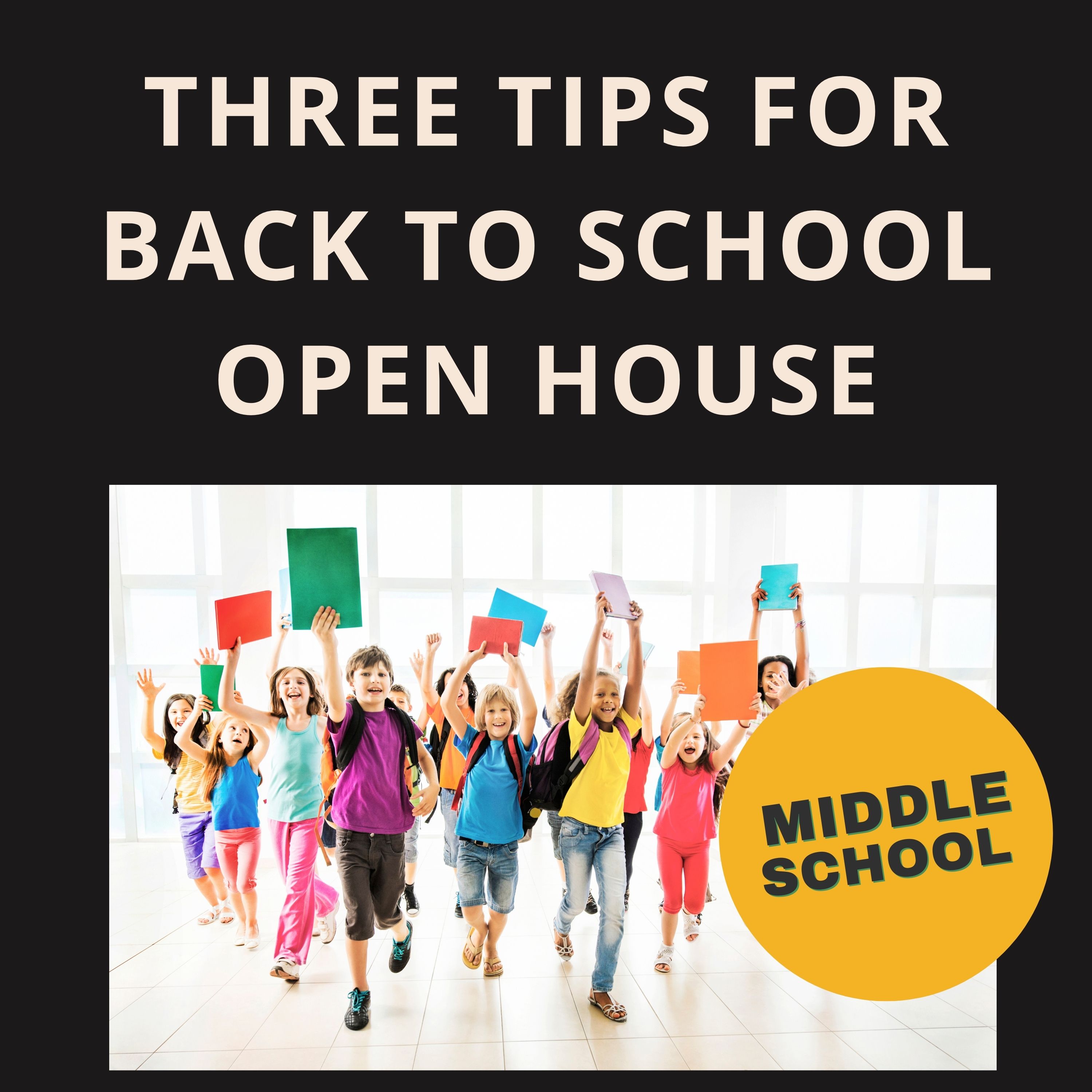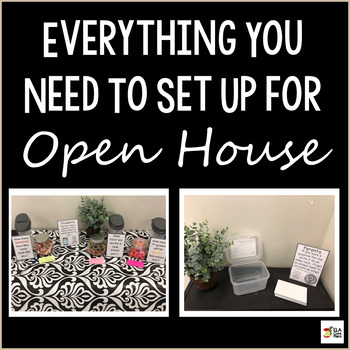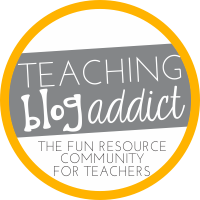Three Reasons Using Bell Ringers in the Middle School ELA Classroom Makes Sense
We want to share with you three reasons you should use bell ringers in the middle school ELA classroom! First of all, what are bell ringers? Some people call these “warm-ups” or “Do-Now,” but essentially, a bell ringer is a short assignment that students complete as soon as they enter the classroom each day. After a few minutes of working, the teacher goes over that day’s assignment, allowing students to change their answers if they got them wrong.
The first reason you should use bell ringers in the middle school ELA classroom is because they provide a routine for students. With a bell ringer in place, your class will begin with a focused structure each and every day, and with this structure in place, problems with downtime will be avoided. Students will know to enter the classroom, sit down, and begin working on that bell ringer right away, which helps eliminate behavior problems. It is best to require students to be quiet when they enter and start their bell work so that everyone can concentrate and think because we all know how much energy it requires to quiet a classroom full of middle schoolers. If you start that expectation early in the year, it will save you time, energy, and sanity! With this routine in place, even when you have a substitute, students will know what to do when they enter the room.
Organization of Bell Work
We keep our bell work in folders that stay in our classrooms. This eliminates problems because students won’t lose them. There are benefits to digital bellwork, but for us, we prefer to use the paper and pencil type. This way, we don’t have to worry about a device not being charged or a student not having a device. We don’t have to wait for chromebooks to turn on either. It’s simply come in, grab the folder, and begin working.
We copy eight bell ringers to a page, front and back, so that we’re not making copies every day. Once that eight are completed, we take that page up and grade one day’s bell work at random. We tell our students, “You never know which one we’re going to grade so you better pay attention when we go over the answers.” Spot checking like this saves us time, and it ensures that students pay attention when going over it, and all students love the fact that they can earn an easy 100 each time the bell work is graded.
The second reason that bell ringers make sense in middle school ELA is because, if used strategically, standards can be spiraled in small pieces every day. There are a lot of bell ringers out there, ones that are fun and cute and full of fluff, but the ones that we use stick to the standards and spiral them throughout the year. One bell ringer that we use is Core Chomp. We created this bell ringer knowing that we would need to hit standards over and over for our middle school students to truly learn. We named this bell ringer Core Chomp because each day the quick assignment takes a small bite, if you will, out of the Common Core State Standards. Every chomp includes a few questions to answer, and they also include reading passages from stories, poems, and informational texts. We built our Core Chomp around a rotating five-day pattern. Students read a poem on day one, a complex fiction passage on day two, and an informational text on day three. Days four and five address writing, research, and language. We designed the exercises in Core Chomp so that by the end of the year, students will have read, comprehended, and been asked to provide evidence of their analysis of a wide variety of literature and informational texts. In addition, we created this resource so that students would spend time thinking through the writing and research process.
The third reason why you should use bell ringers in your ELA classroom is because it helps you fit it all in. We all know as English teachers that there is so much that we are required to teach our students, and that’s why we use two bell ringers each and every day. The second bell ringer we use is called Daily Grammar Minutes, and it helps us teach the language standards. If you teach grammar in bite sized, bellringer form, you can hold students’ attention. With our grammar bell ringer, we start with the basics and build from there. One of the seventh grade language standards is that students have to know is the functions of phrases and clauses and types of sentences. Students can’t jump in and do that standard until they know so many prerequisites. They have to know what the subject is, what a verb is, what phrases and clauses are. And, I don’t know about your students, but ours don’t come to us knowing or remembering those things. Daily Grammar Minutes takes a spiraling approach to teaching grammar, and it incorporates easy-to-learn language that students can understand. In fact, many new teachers have used this resource and commented that this is how they learned grammar themselves. The easy to understand lessons and repetitive practice helped them learn right along with the students.
How Much Time Does Bell Work Take?
People always ask,”How much time do you spend doing bell ringers?” At our school, our teachers use Core Chomp and Daily Grammar Minutes in the sixth, seventh, and eighth grade. So, for our eighth graders, students are used to the routine, and it goes quicker. But if you’re new to using these bell ringers, it will take between 10 to 15 minutes, some days less. If you wanted to use Core Chomp alone, it could take from five to ten minutes. Of course, as students work, you can walk around the room to make sure they are working and to help them if needed.
Even if you don’t use our bell ringers, we strongly suggest that you go find one that you like and that you feel good about covering the standards. If you’re interested in Core Chomp and Daily Grammar Minutes, the best way to see if they will work for you is to try them for a few days in your classroom. Click the links below to download ten free Core Chomps for each grade. We are also including a sample of our Daily Grammar Minutes.
Sixth Grade Core Chomp Sample Sixth Grade Daily Grammar Minutes Sample







 Click here to be taken to our free resource on TpT.
Click here to be taken to our free resource on TpT.













